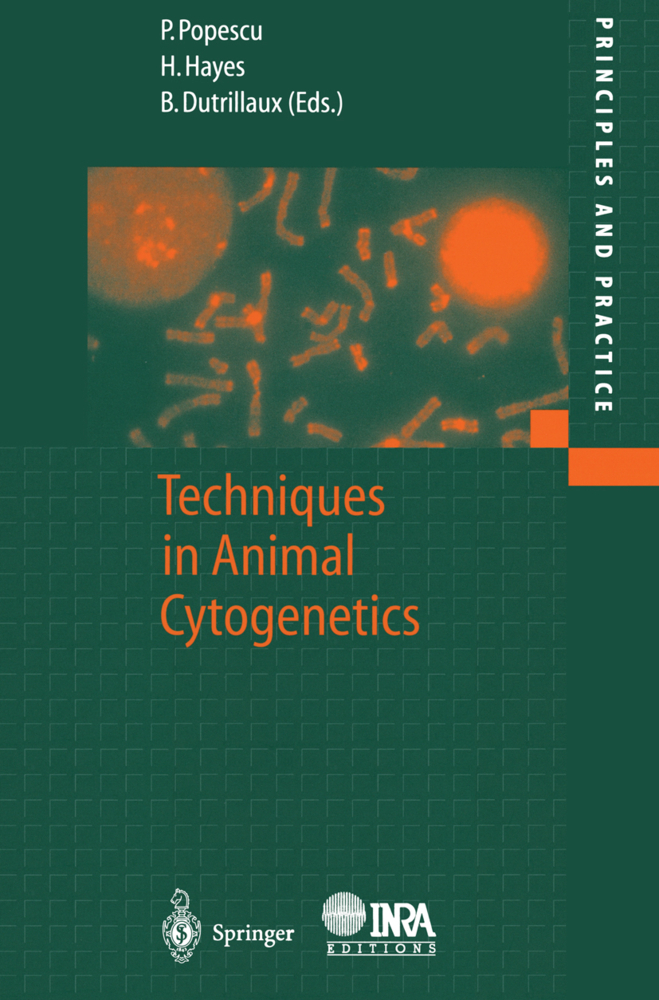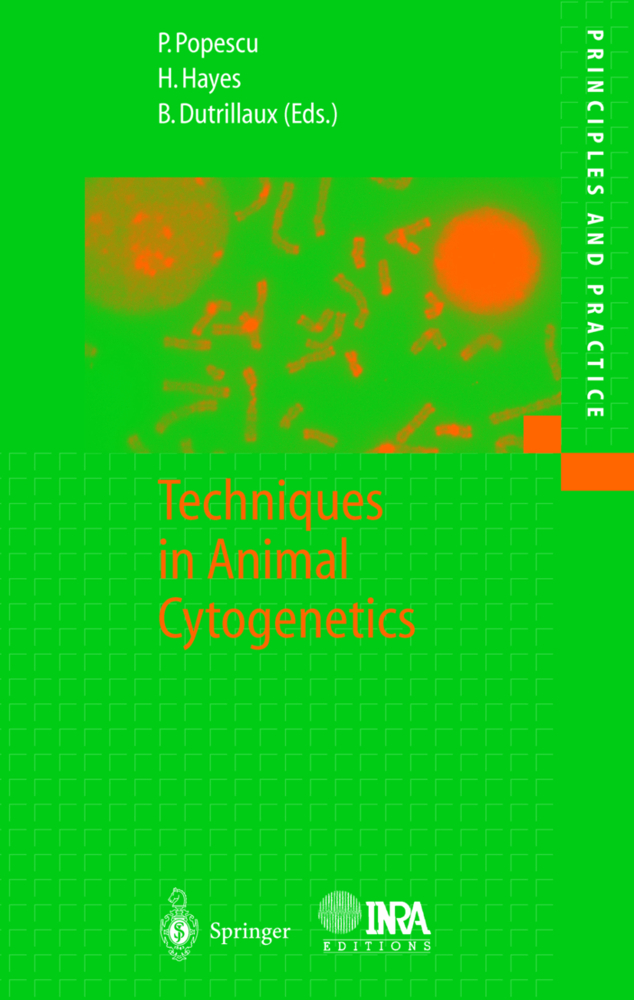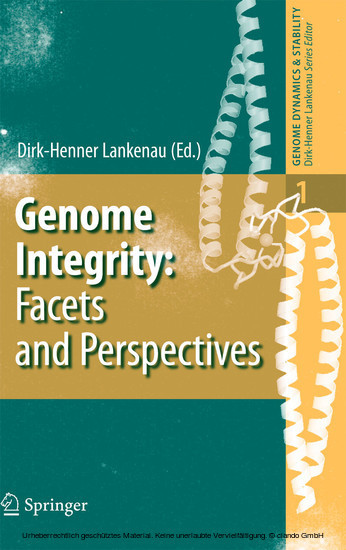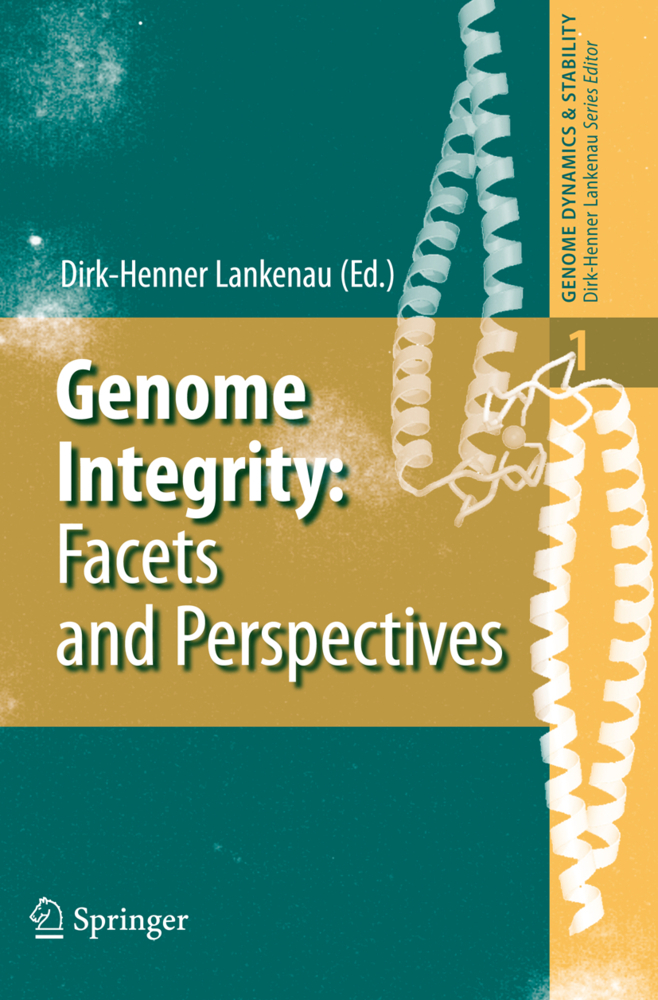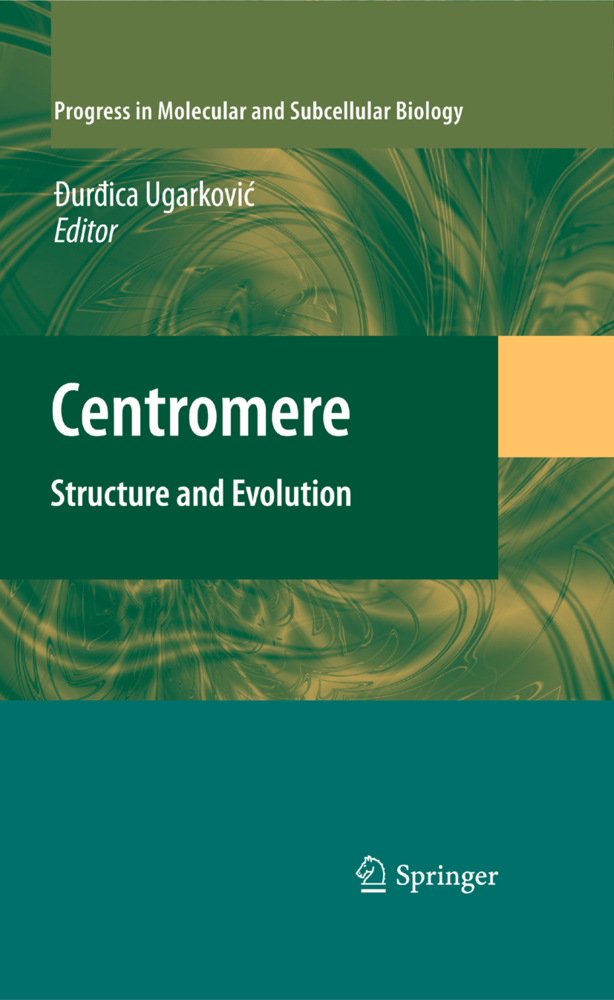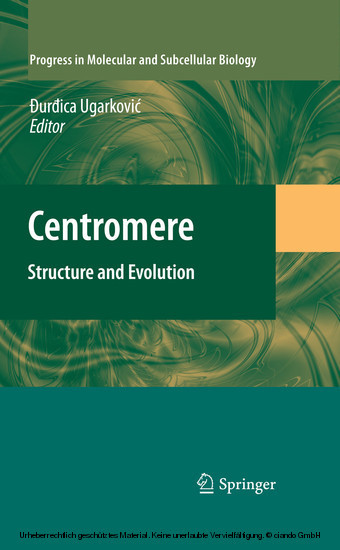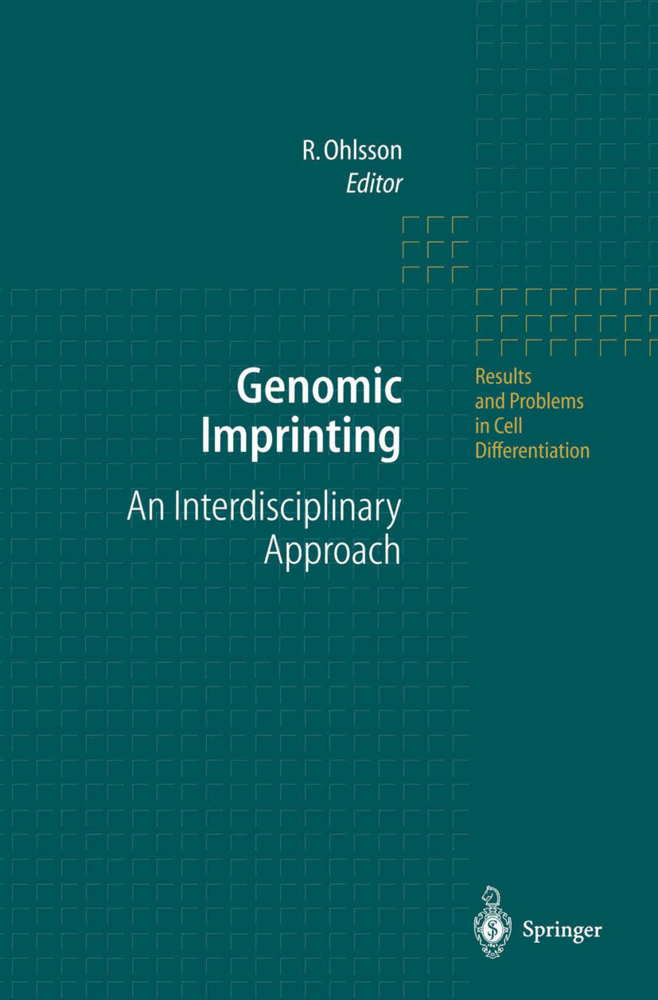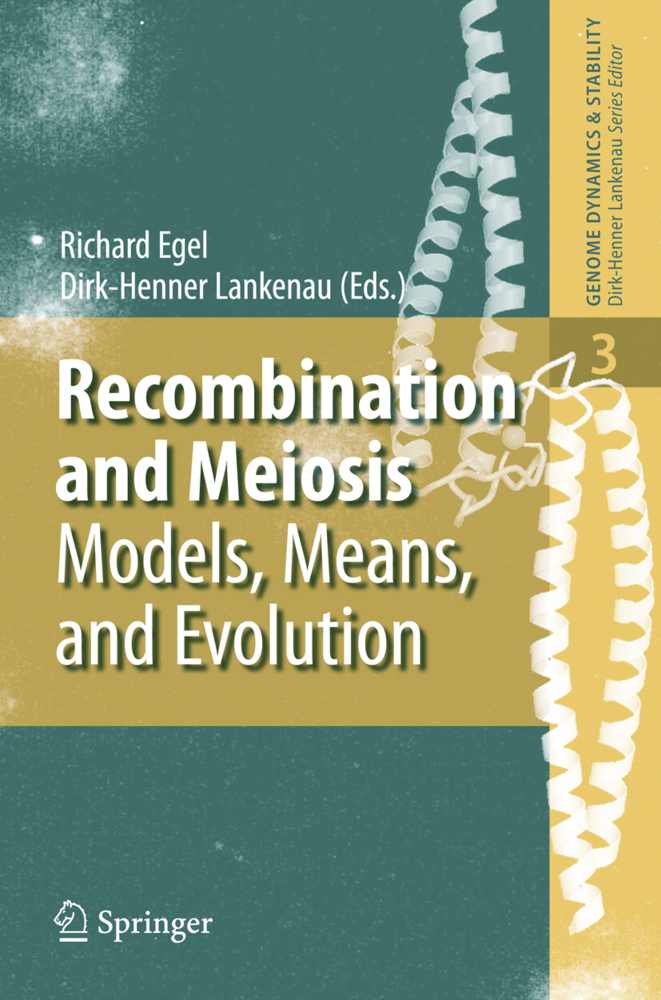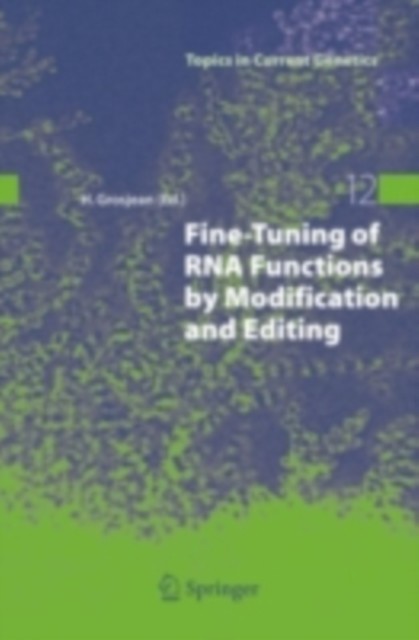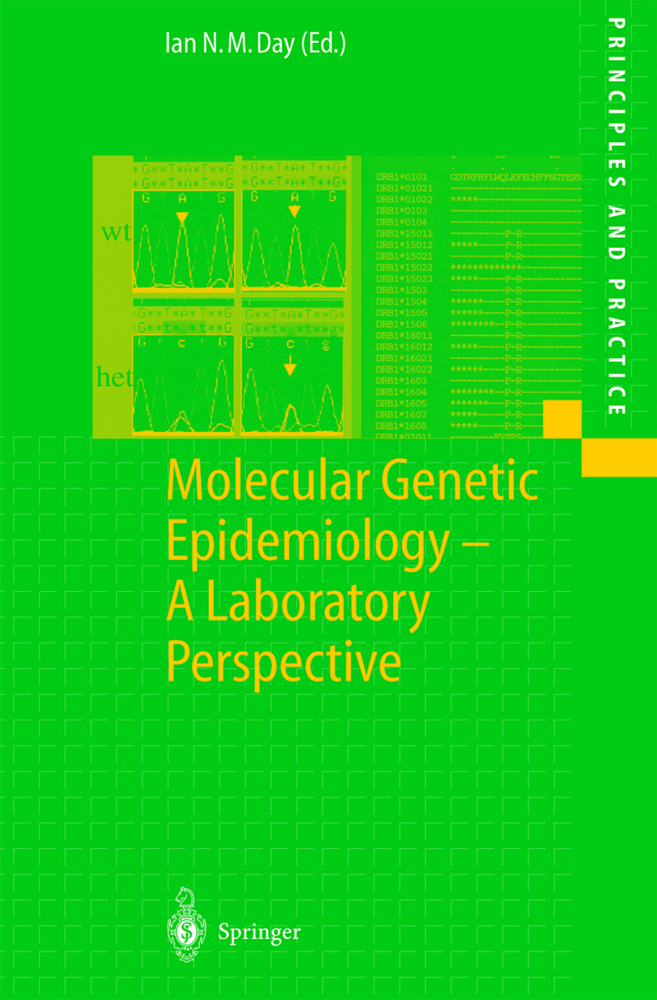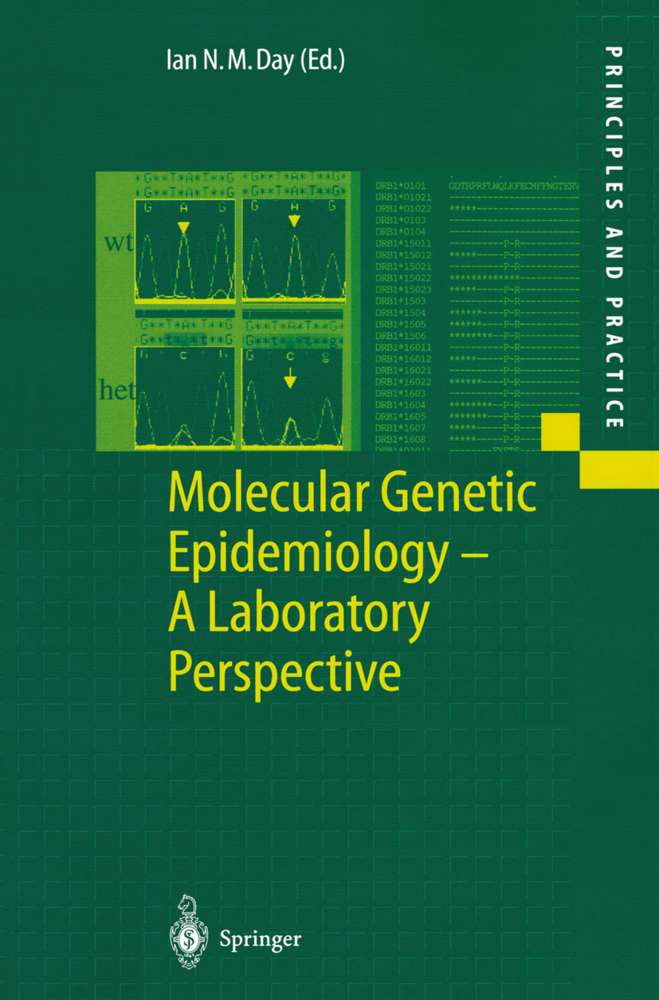Techniques in Animal Cytogenetics
Techniques in Animal Cytogenetics
A better "casting" could not be conceived. The authors of this book are gold smiths on the subject. I have followed their work since their "entry" into cyto genetics and I have a high esteem for them. I consider it an honour to be asked to write the preface of their opus. Paul Popescu, Directeur de Recherche at INRA, has also played a promi nent part in the development of animal cytogenetics, especially in domestic animals. He is able to tell you the cost of a translocation in a pig breeding farm or a cow population: a fortune! P. Popescu has played a great part in gene mapping of these species using "in situ DNA hybridisation". His contributions are recognised world-wide. His laboratory receives many visitors every year and it serves as a reference for domestic animal cytogenetics. Helene Hayes, Charge de Recherche at INRA, has collaborated with P. POPESCU in the elaboration of the "at hand" techniques and in many other discoveries which are listed in her bibliography. She showed the fascinating correspondence between bovine and human chromosomes and the com pared gene maps of domestic bovidae.
I.2 Preparation of chromosomes in prophase or prometaphase
I.3 Direct techniques and very short term development cultures
I.4 Preparation of chromosome spreads
I.5 Staining techniques of chromosome spreads
II Chromosome Banding Techniques
II. 1 Introduction
II.2 Techniques based on DNA structure
II.3 Banding techniques based on DNA replication
II.4 Techniques of chromosome differentiation based on DNA base composition
II.5 Heterochromatin staining
II.6 Staining of nucleolar organiser regions NOR
II.7 Techniques of sequential banding
III In Situ Hybridisation Techniques
III.1 Introduction
III.2 Methods
III.3 Remarks on other applications of in situ hybridization
IV Methods of Germ Cells Study
IV.1 Meiosis in male
IV.2 Meiosis in the mammalian female
IV.3 Study of the spermatozoa by interspecific in vitro fertilisation (insemination)
V The Lampbrush Chromosomes of Amphibians
V.1Introduction: The basis of lampbrush chromosomes mapping
V.2 Technique for the preparation of lampbrush chromosomes for light microscopy
V.3 Preparation of lampbrush chromosomes for electron microscopy
V.4 Preparation of mitotic chromosomes
V.5 Analysis of lampbrush chromosomes
V.6 The importance of the lampbrush chromosomes
VI Techniques for the study of Drosophila Chromosomes
VI.1 Mitotic chromosomes
VI.2 Polythene chromosomes
VII Techniques for the stuey of Interphase Nucleus
VII.1 Sex chromatin examination
VII.2 Released chromatin (Chromatin halo)
VII.3 In situ hybridisation of interphasic nuclei
VIII Application of Flow Cytometry and Slit-Scan Fluorometry in Analysis and Sorting of Mammalian Chromosomes
VIII.1 Introduction
VIII.2 Principles of the flow cytometry
VIII.3 Methods of chromosome preparation and staining
VIII.4 Measurements and evaluation in flow cytometry
VIII.5 In situ hybridisation to chromosomes in suspension
S Solutions for chromosome staining and banding techniques
M Miscellaneous
L Solutions for lampbrush chromosomes
F Solutions for flow and slit scan cytometry
H Solutions for in situ hybridization
CM Culture media
SS Stock solutions
B Buffer solutions
V Solutions for in vivo treatments
References.
I Preparation of Chromosome Spreads
I.1 Cell culture techniquesI.2 Preparation of chromosomes in prophase or prometaphase
I.3 Direct techniques and very short term development cultures
I.4 Preparation of chromosome spreads
I.5 Staining techniques of chromosome spreads
II Chromosome Banding Techniques
II. 1 Introduction
II.2 Techniques based on DNA structure
II.3 Banding techniques based on DNA replication
II.4 Techniques of chromosome differentiation based on DNA base composition
II.5 Heterochromatin staining
II.6 Staining of nucleolar organiser regions NOR
II.7 Techniques of sequential banding
III In Situ Hybridisation Techniques
III.1 Introduction
III.2 Methods
III.3 Remarks on other applications of in situ hybridization
IV Methods of Germ Cells Study
IV.1 Meiosis in male
IV.2 Meiosis in the mammalian female
IV.3 Study of the spermatozoa by interspecific in vitro fertilisation (insemination)
V The Lampbrush Chromosomes of Amphibians
V.1Introduction: The basis of lampbrush chromosomes mapping
V.2 Technique for the preparation of lampbrush chromosomes for light microscopy
V.3 Preparation of lampbrush chromosomes for electron microscopy
V.4 Preparation of mitotic chromosomes
V.5 Analysis of lampbrush chromosomes
V.6 The importance of the lampbrush chromosomes
VI Techniques for the study of Drosophila Chromosomes
VI.1 Mitotic chromosomes
VI.2 Polythene chromosomes
VII Techniques for the stuey of Interphase Nucleus
VII.1 Sex chromatin examination
VII.2 Released chromatin (Chromatin halo)
VII.3 In situ hybridisation of interphasic nuclei
VIII Application of Flow Cytometry and Slit-Scan Fluorometry in Analysis and Sorting of Mammalian Chromosomes
VIII.1 Introduction
VIII.2 Principles of the flow cytometry
VIII.3 Methods of chromosome preparation and staining
VIII.4 Measurements and evaluation in flow cytometry
VIII.5 In situ hybridisation to chromosomes in suspension
S Solutions for chromosome staining and banding techniques
M Miscellaneous
L Solutions for lampbrush chromosomes
F Solutions for flow and slit scan cytometry
H Solutions for in situ hybridization
CM Culture media
SS Stock solutions
B Buffer solutions
V Solutions for in vivo treatments
References.
Popescu, Paul
Hayes, Helene
Dutrillaux, Bernard
Popescu, R.
| ISBN | 978-3-642-64095-7 |
|---|---|
| Artikelnummer | 9783642640957 |
| Medientyp | Buch |
| Auflage | Softcover reprint of the original 1st ed. 2000 |
| Copyrightjahr | 2011 |
| Verlag | Springer, Berlin |
| Umfang | XXVI, 230 Seiten |
| Abbildungen | XXVI, 230 p. 7 illus. in color. |
| Sprache | Englisch |

